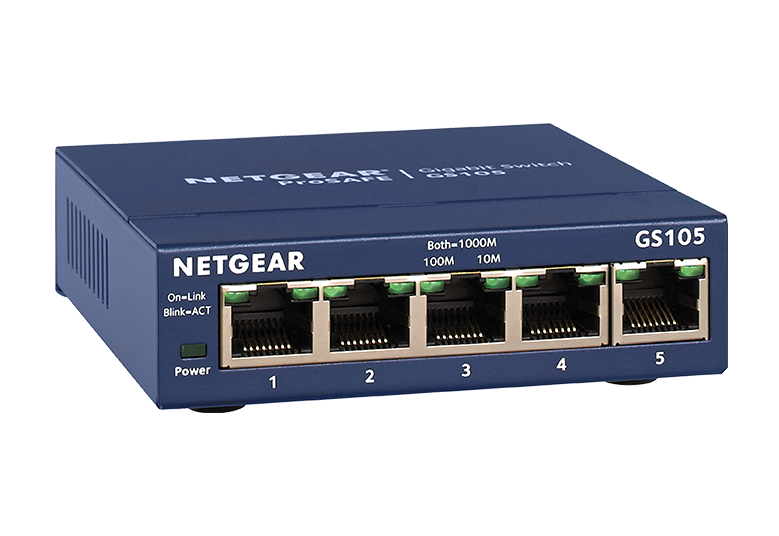In today’s interconnected world, where the seamless flow of information is paramount, the backbone of any efficient network lies in its infrastructure. Among the key players in this digital orchestra is the Ethernet switch—an unsung hero that enables devices to communicate, data to traverse effortlessly, and networks to function with unparalleled efficiency. In this blog, we delve into the intricacies of ethernet switch, exploring their role, benefits, and the technological marvels that make them indispensable in the modern era.
Body:
1. Understanding Ethernet Switches: A Primer
Ethernet switches serve as the linchpin in local area networks (LANs) and larger network setups. Unlike traditional hubs, switches intelligently forward data only to the specific device it is intended for, reducing unnecessary traffic and significantly enhancing network performance.
2. The Anatomy of an Ethernet Switch
Ethernet switches consist of multiple ports, each capable of connecting to a different device. Managed switches provide advanced features like Quality of Service (QoS) prioritization, Virtual LAN (VLAN) support, and more. Unmanaged switches, on the other hand, are plug-and-play devices ideal for simpler setups.
3. Boosting Data Transfer Speeds
One of the primary advantages of Ethernet switches is their ability to facilitate high-speed data transfer within a network. With Gigabit Ethernet and even 10-Gigabit Ethernet switches becoming commonplace, businesses can experience faster file transfers, reduced latency, and improved overall network responsiveness.
4. Enhanced Network Security
Ethernet switches contribute to network security by creating separate collision domains for connected devices. This isolation prevents data collisions and unauthorized access, bolstering the overall integrity of the network.
5. Scalability and Flexibility
Ethernet switches are scalable solutions that can accommodate the evolving needs of a network. Whether expanding the number of connected devices or adapting to changes in network architecture, switches provide the flexibility necessary for growth.
6. Optimizing Network Performance
Quality of Service (QoS) features in managed switches allow for the prioritization of certain types of data, ensuring that critical applications receive the bandwidth they require. This optimization is crucial for businesses relying on VoIP, video conferencing, and other bandwidth-sensitive applications.
7. Energy-Efficient Solutions
Modern Ethernet switches often incorporate energy-saving features such as IEEE 802.3az Energy-Efficient Ethernet (EEE). These mechanisms dynamically adjust power usage based on network demand, promoting eco-friendly practices and reducing operational costs.
8. Choosing the Right Ethernet Switch for Your Needs
Selecting the appropriate Ethernet switch depends on factors like network size, intended applications, and budget considerations. Businesses can choose from a range of options, including unmanaged switches for simpler setups or managed switches for greater control and customization.



